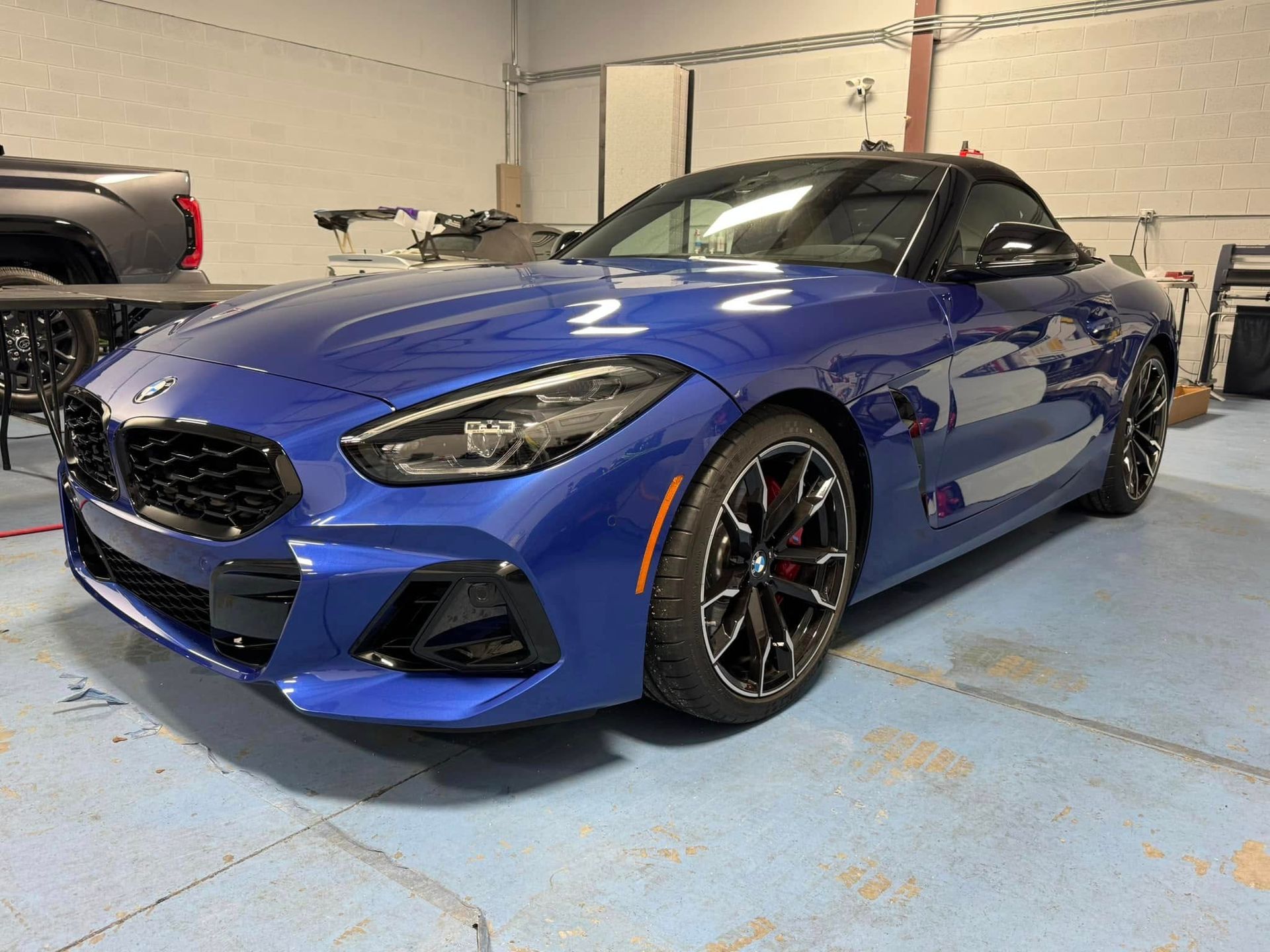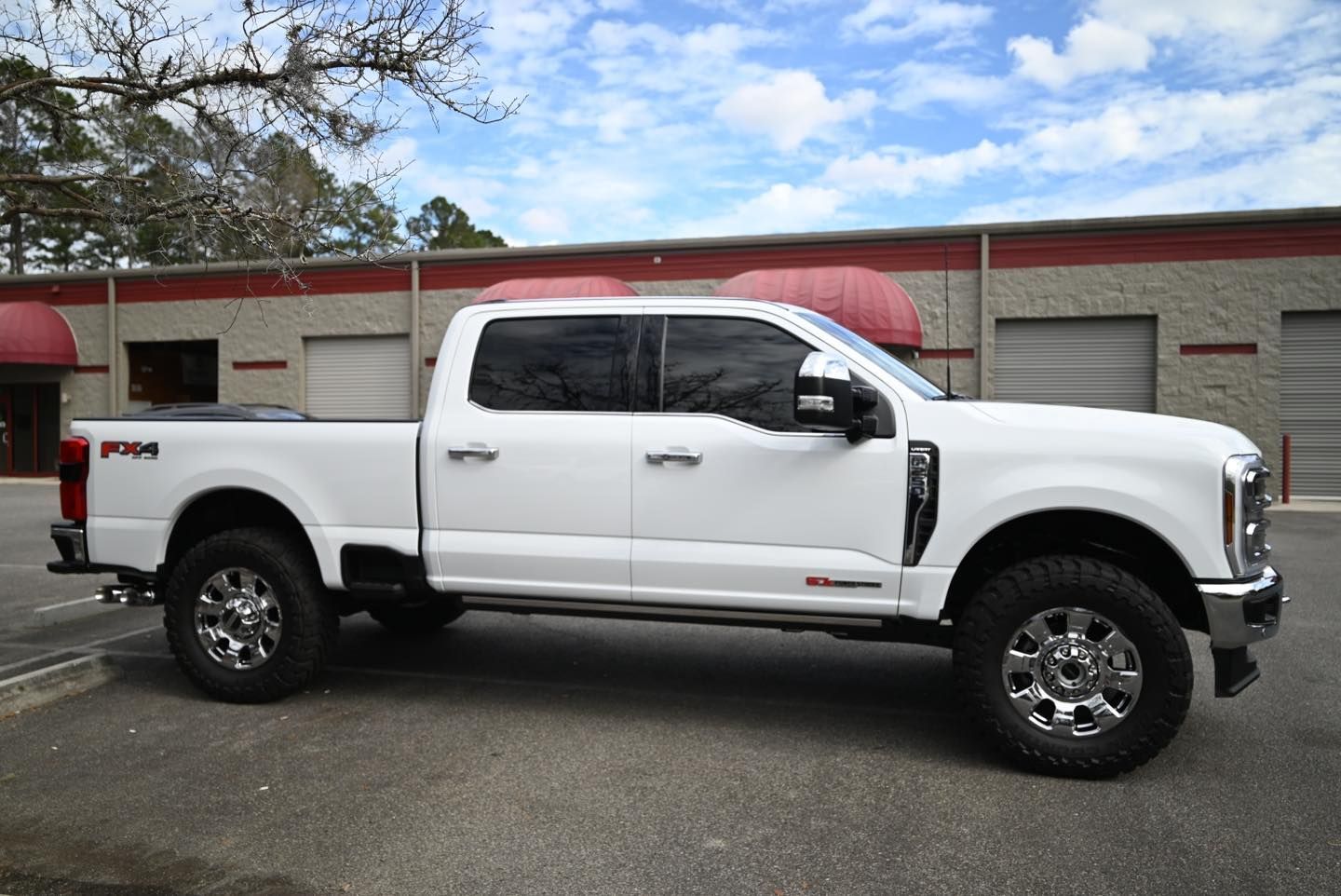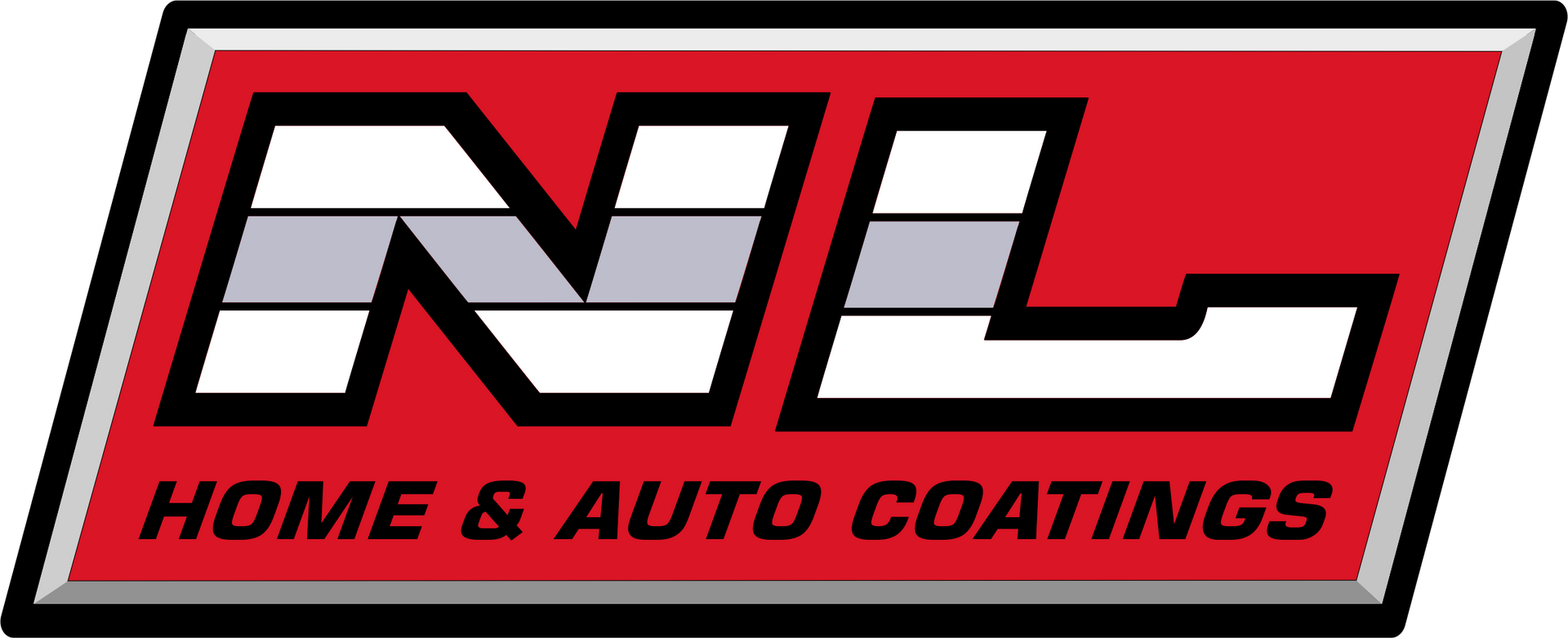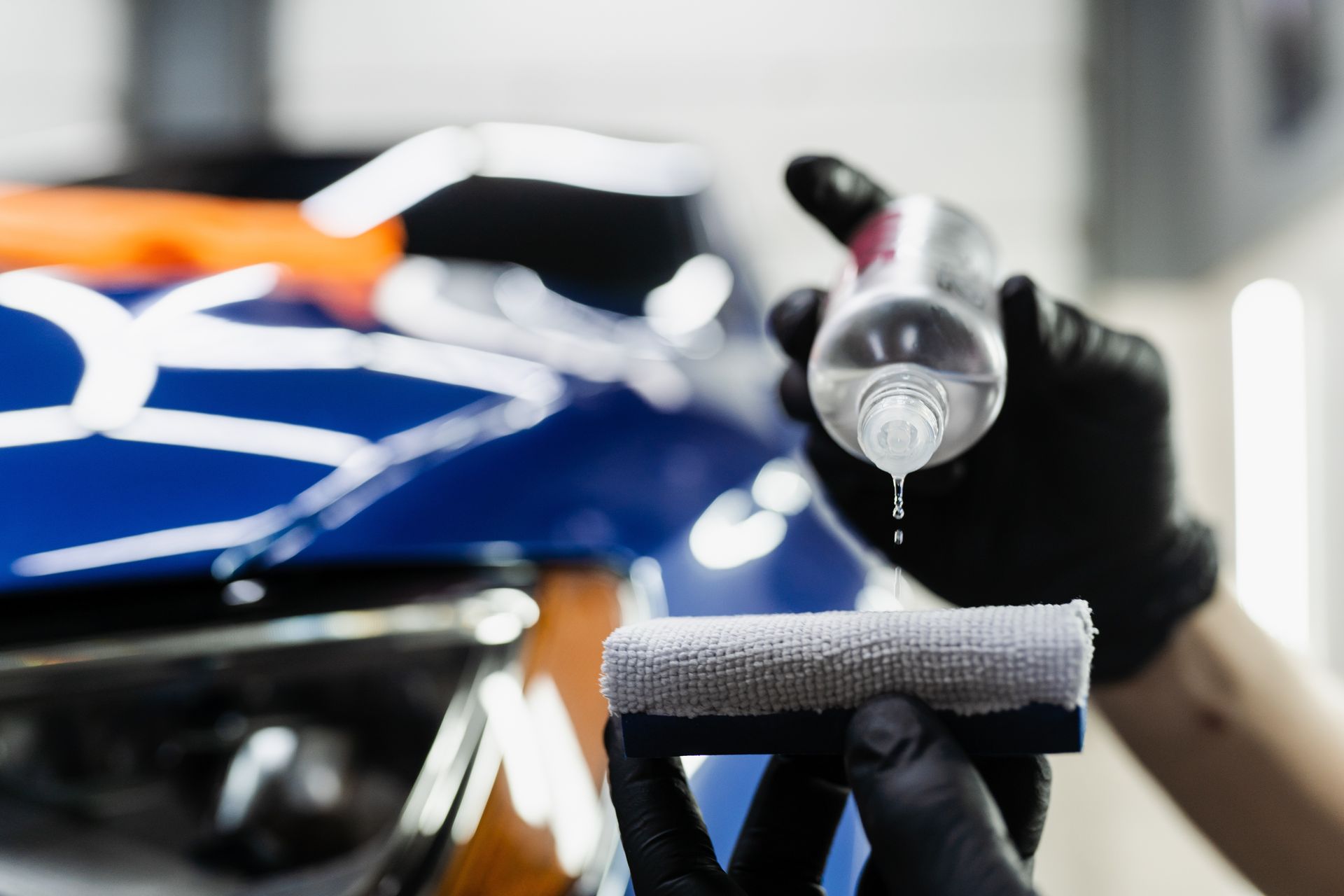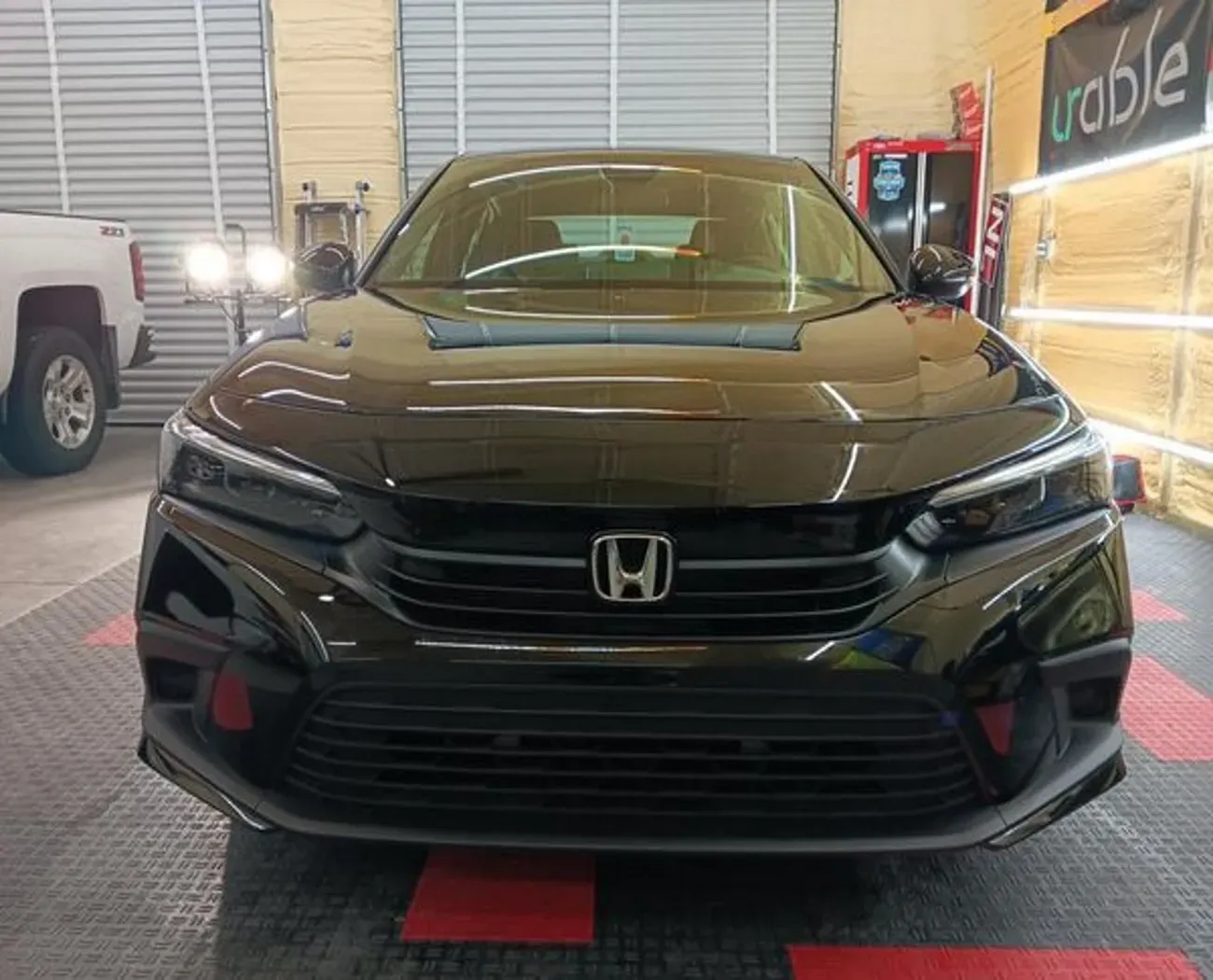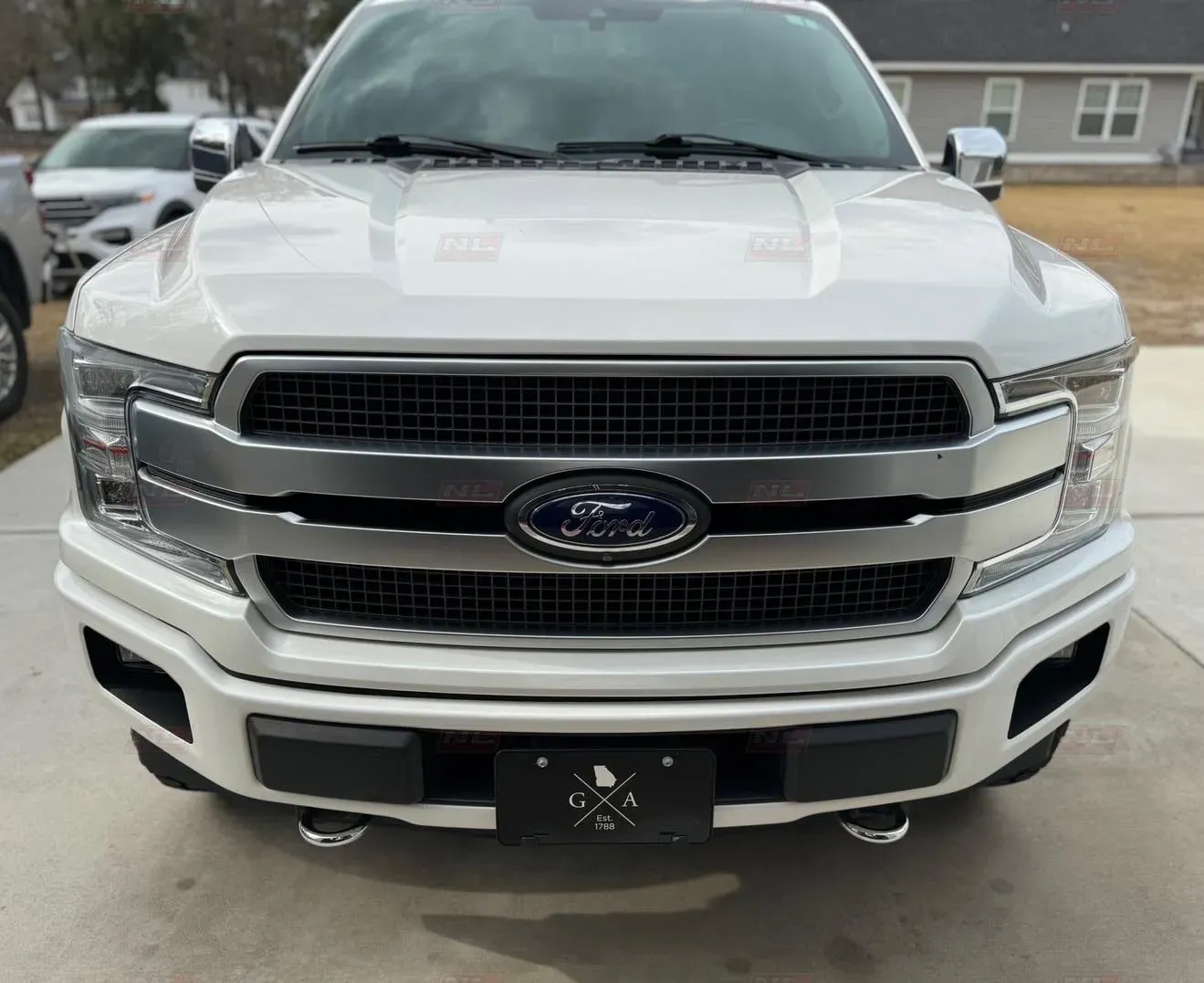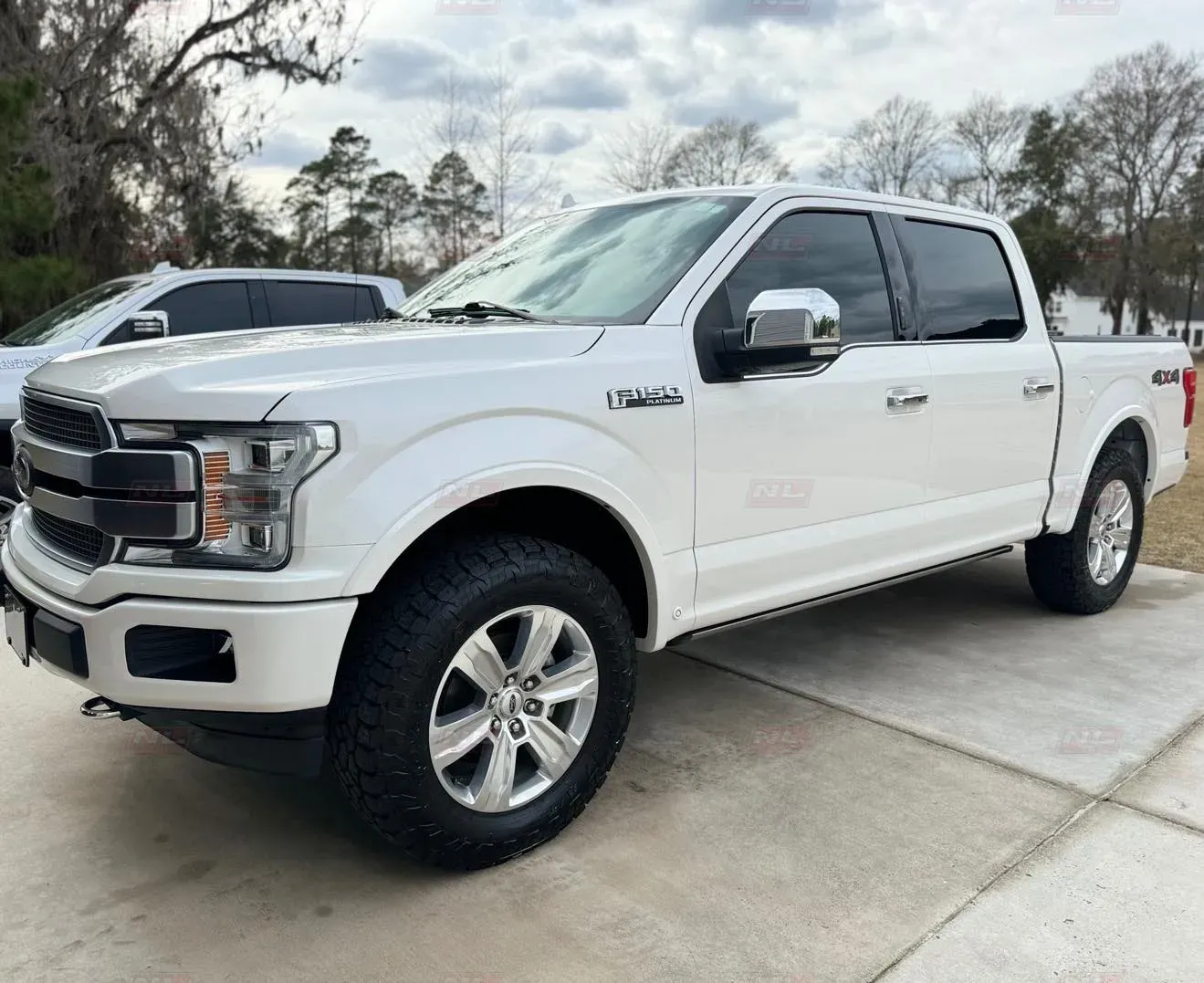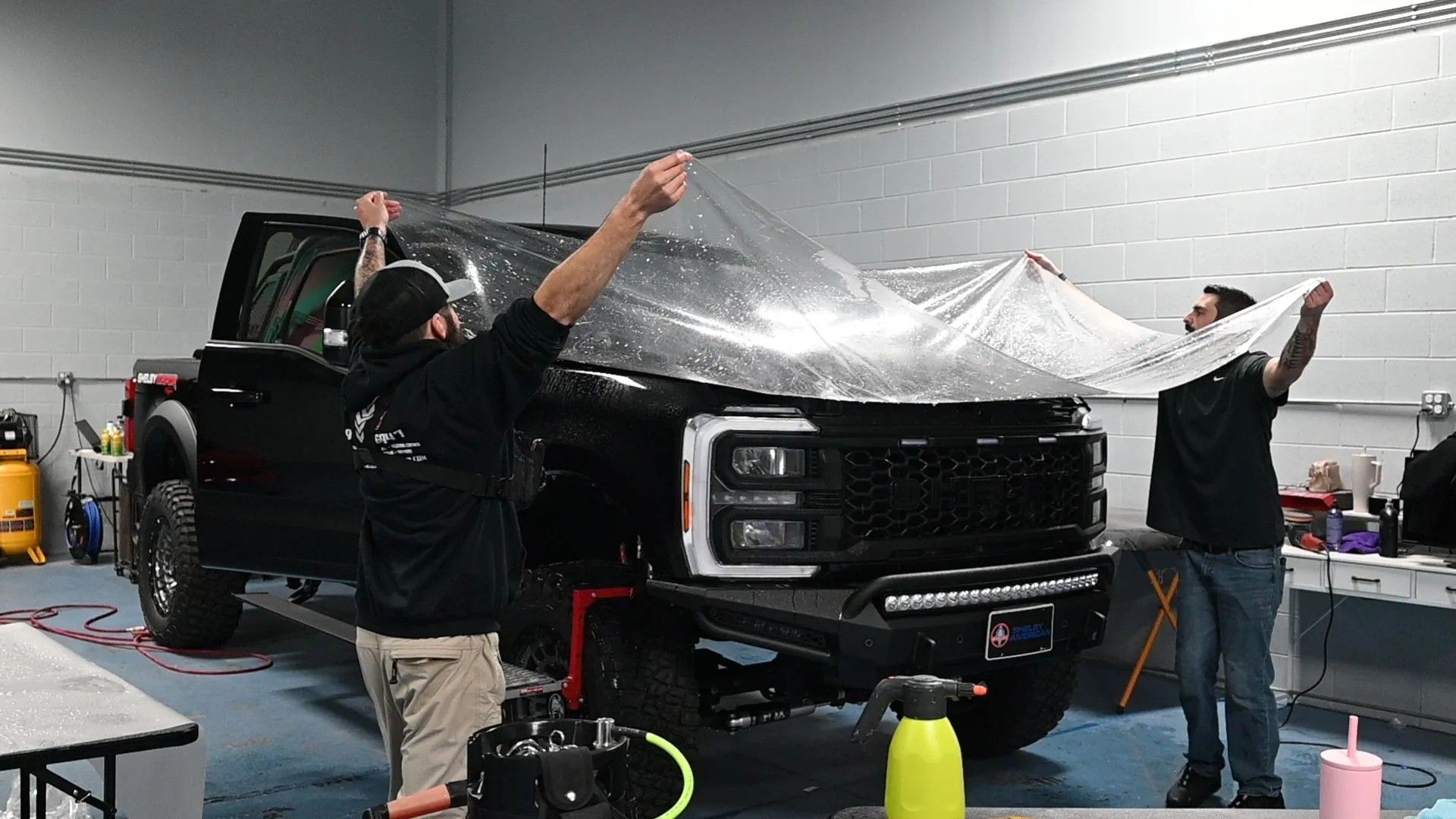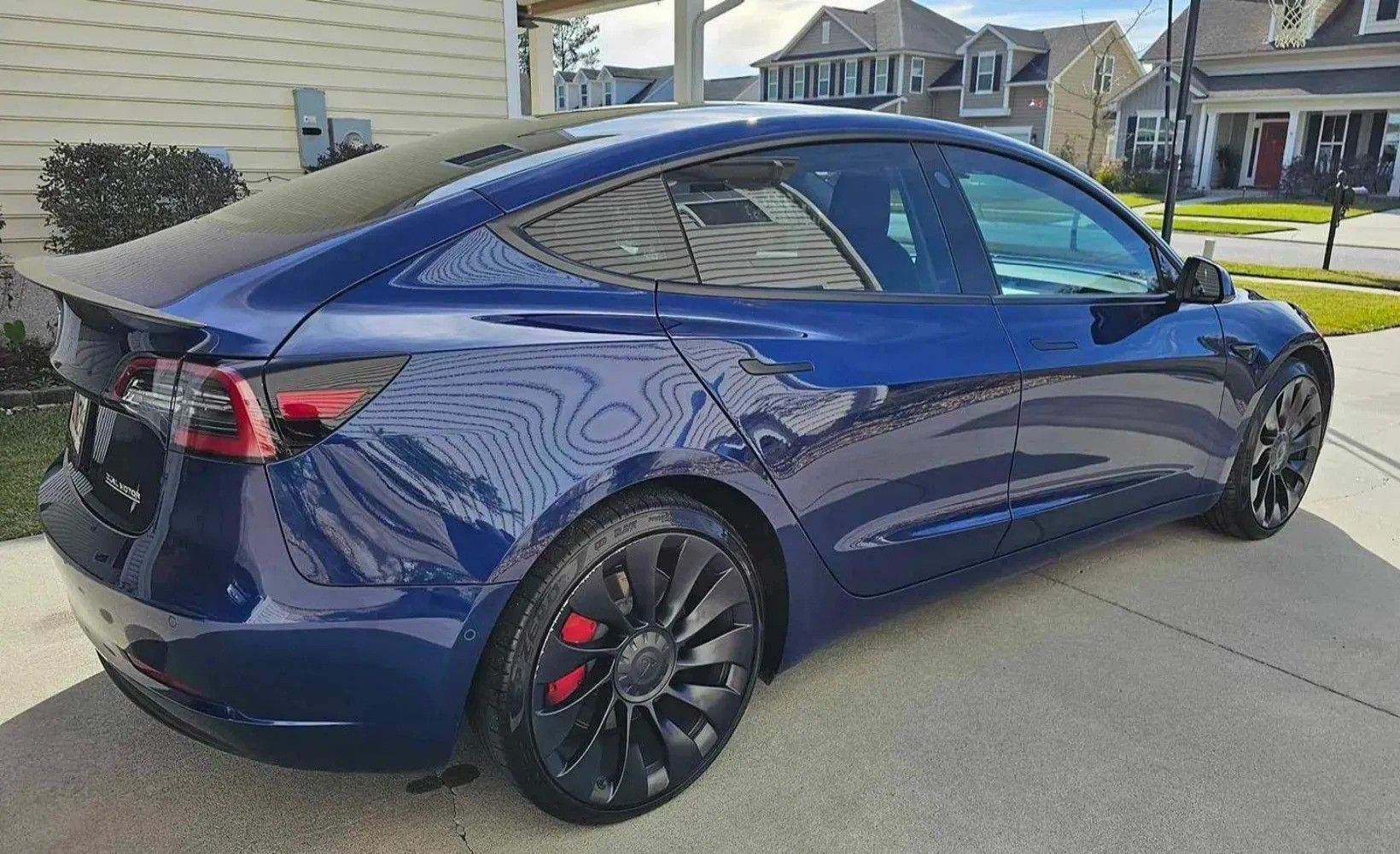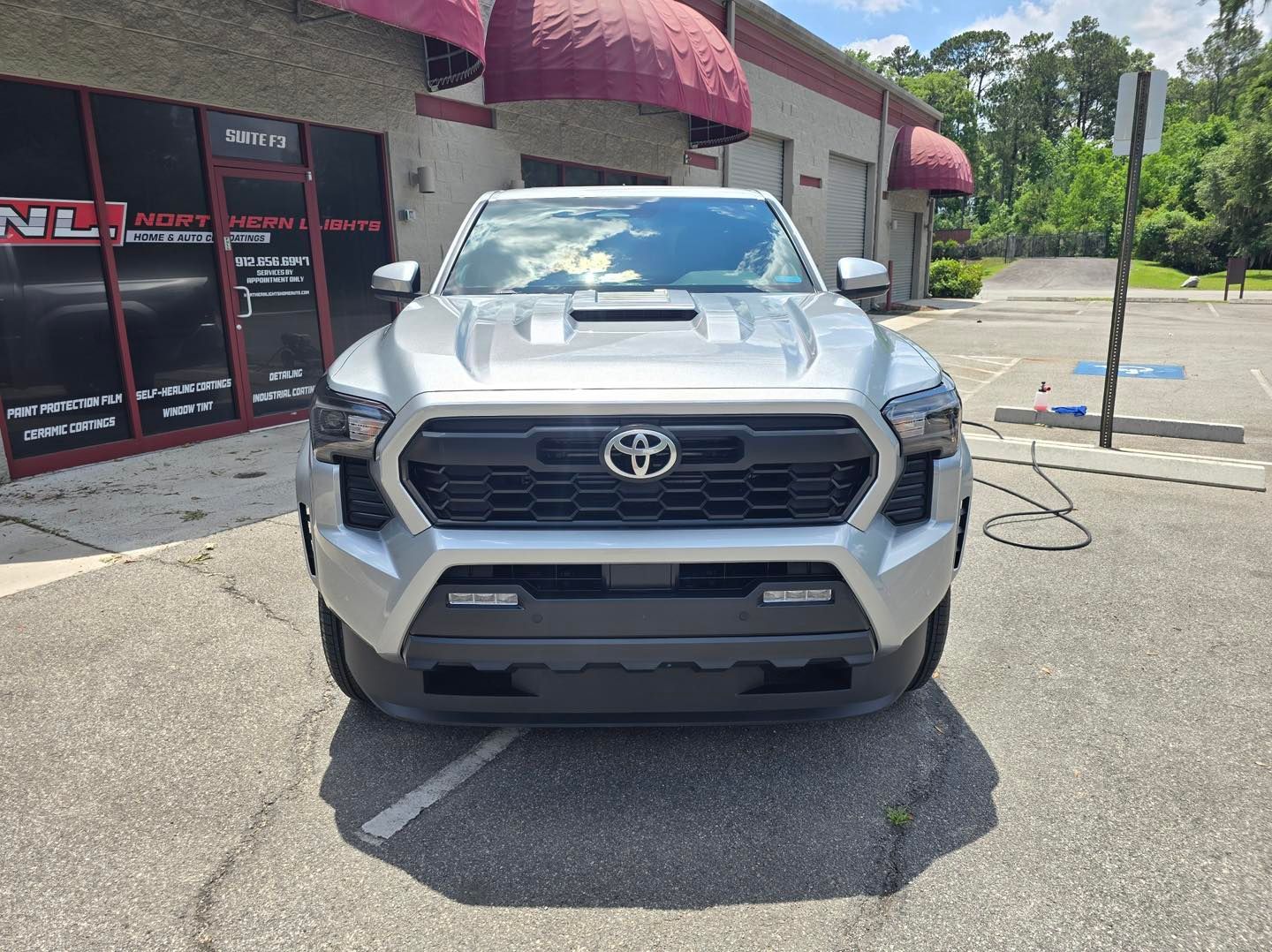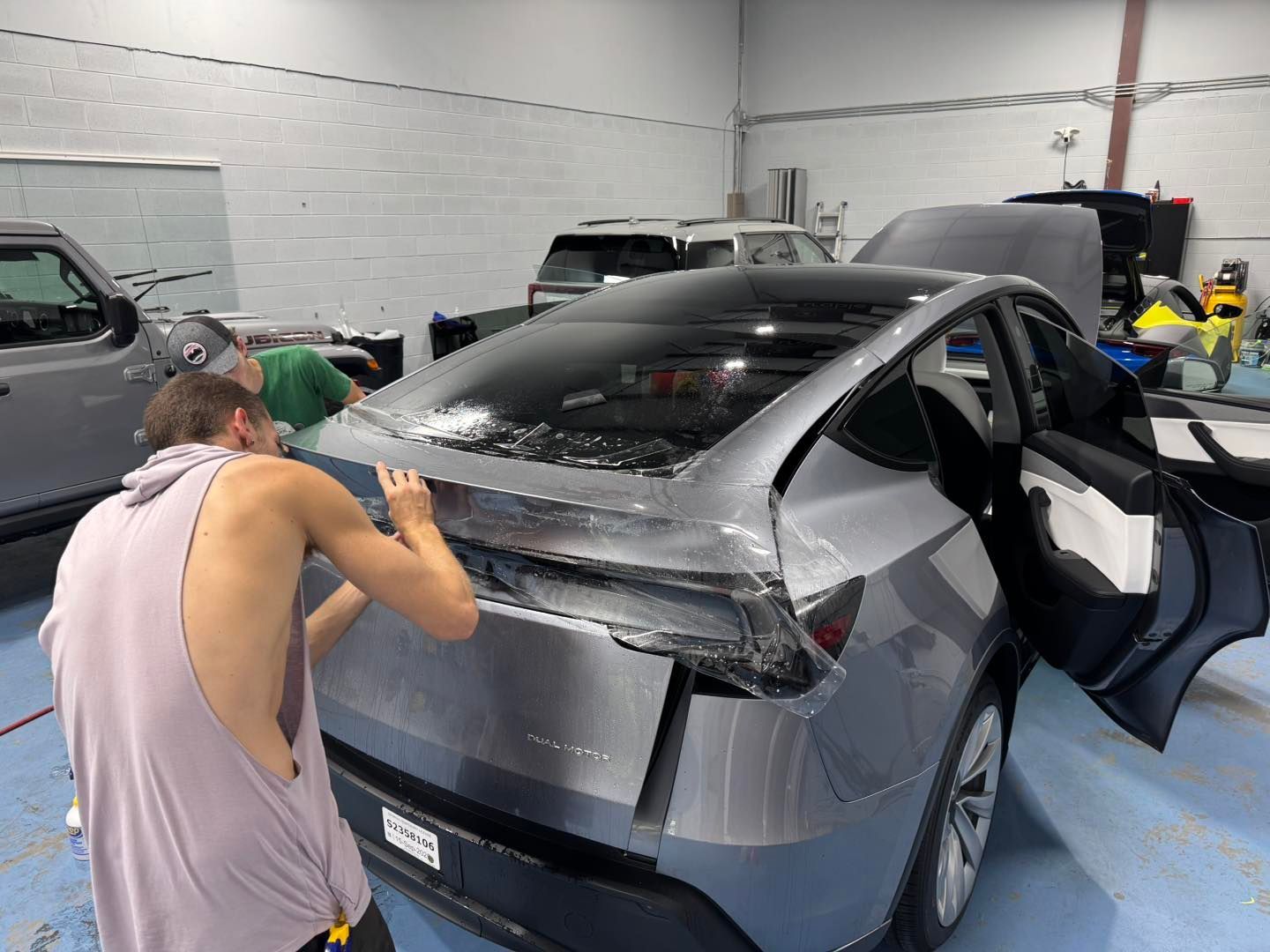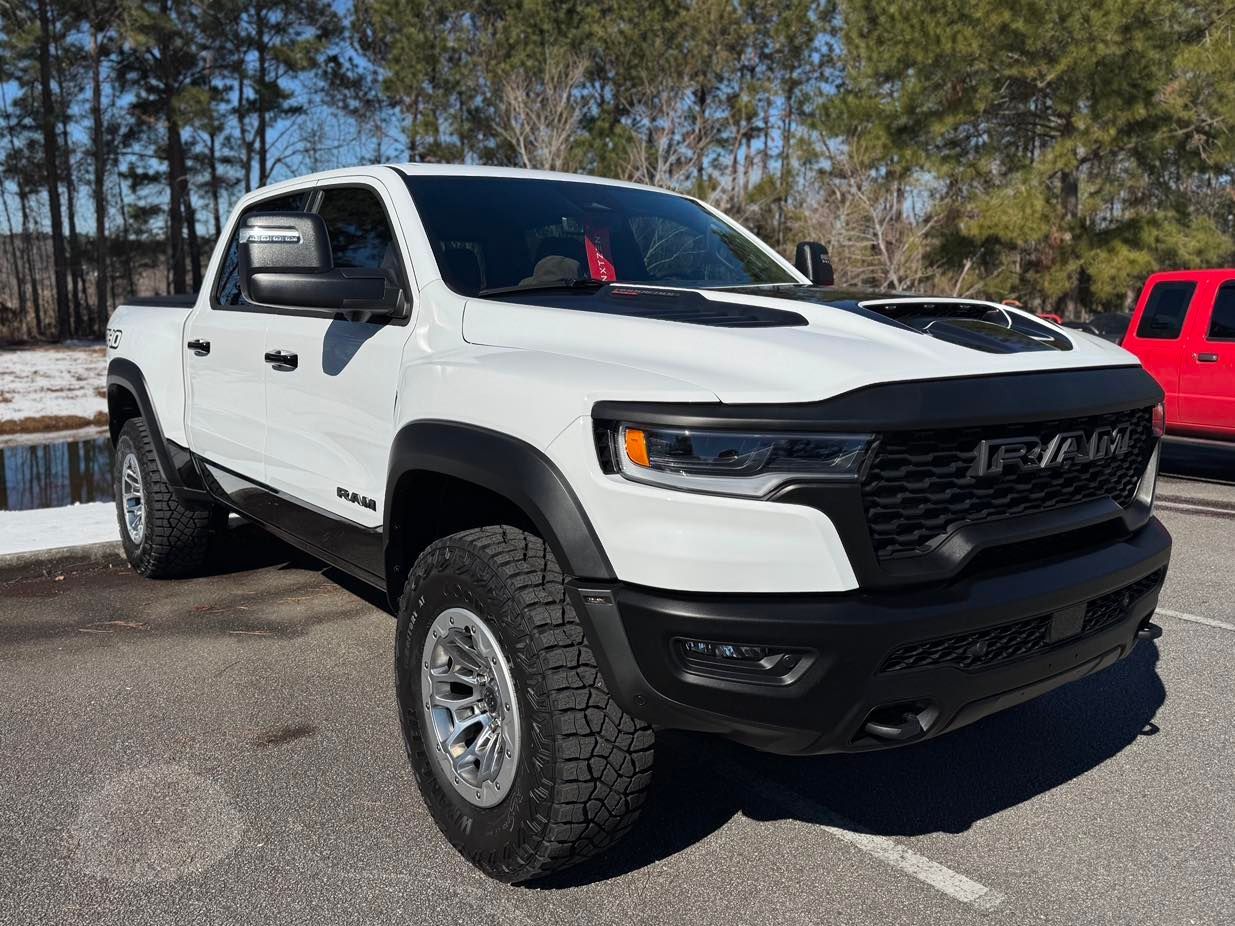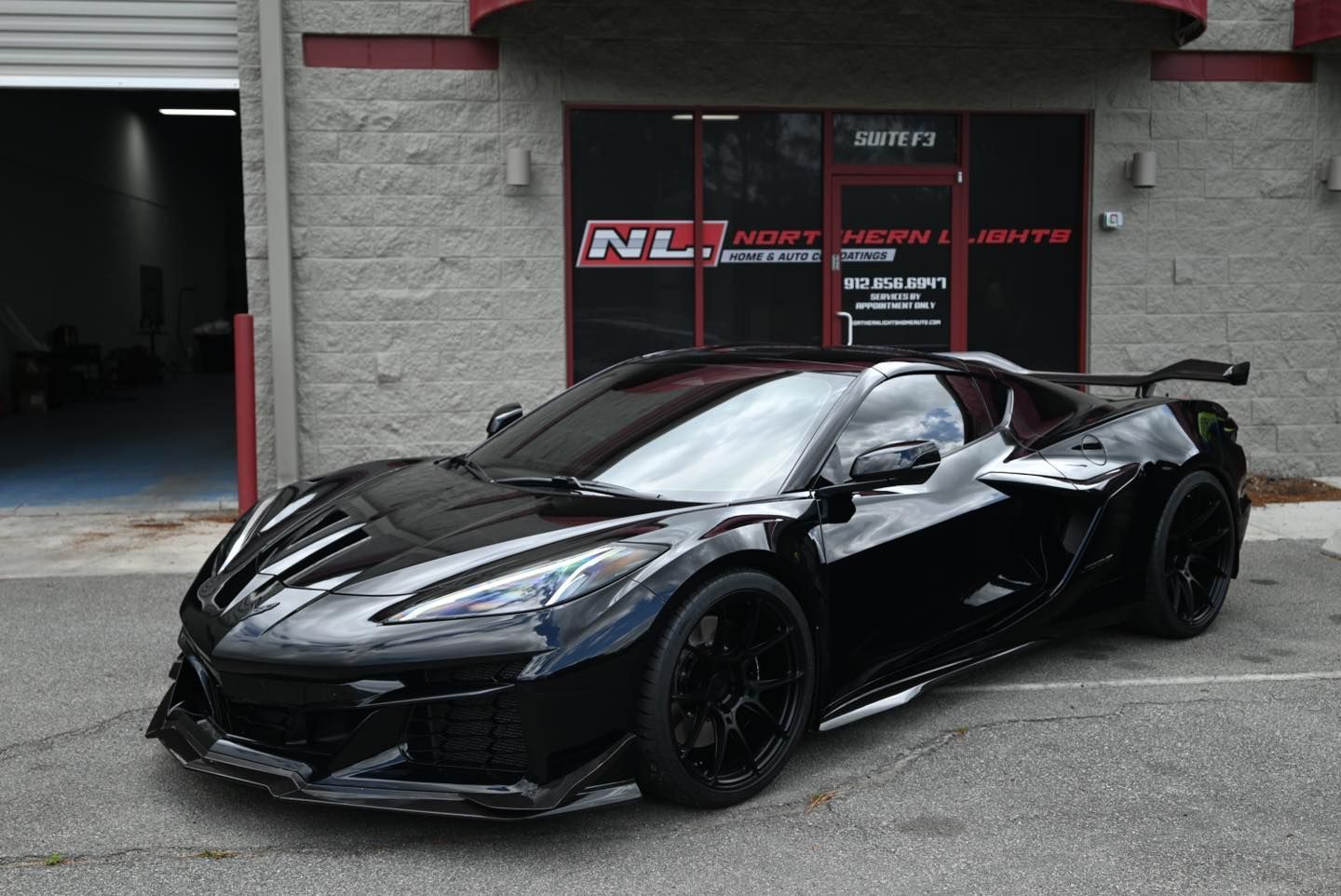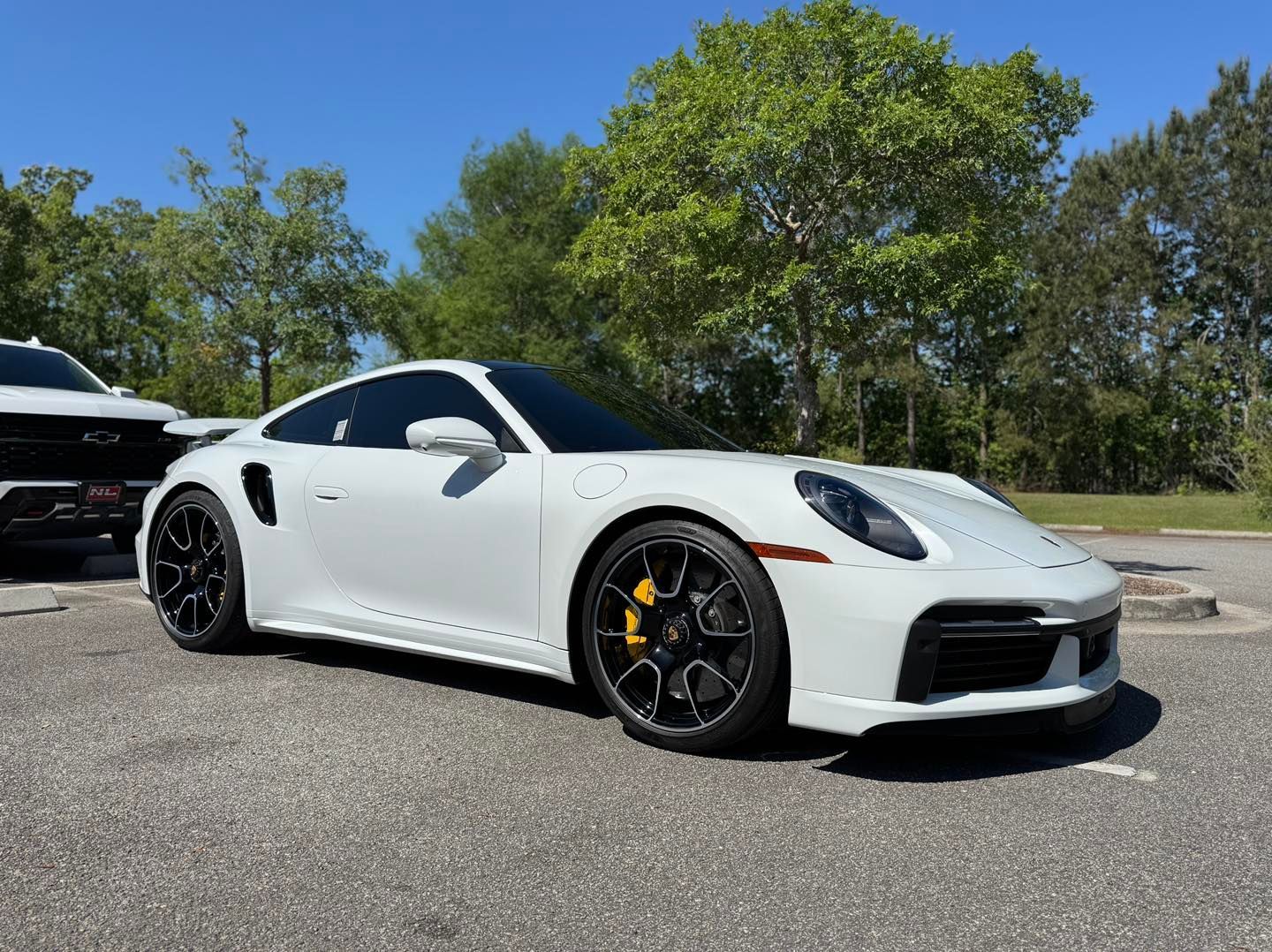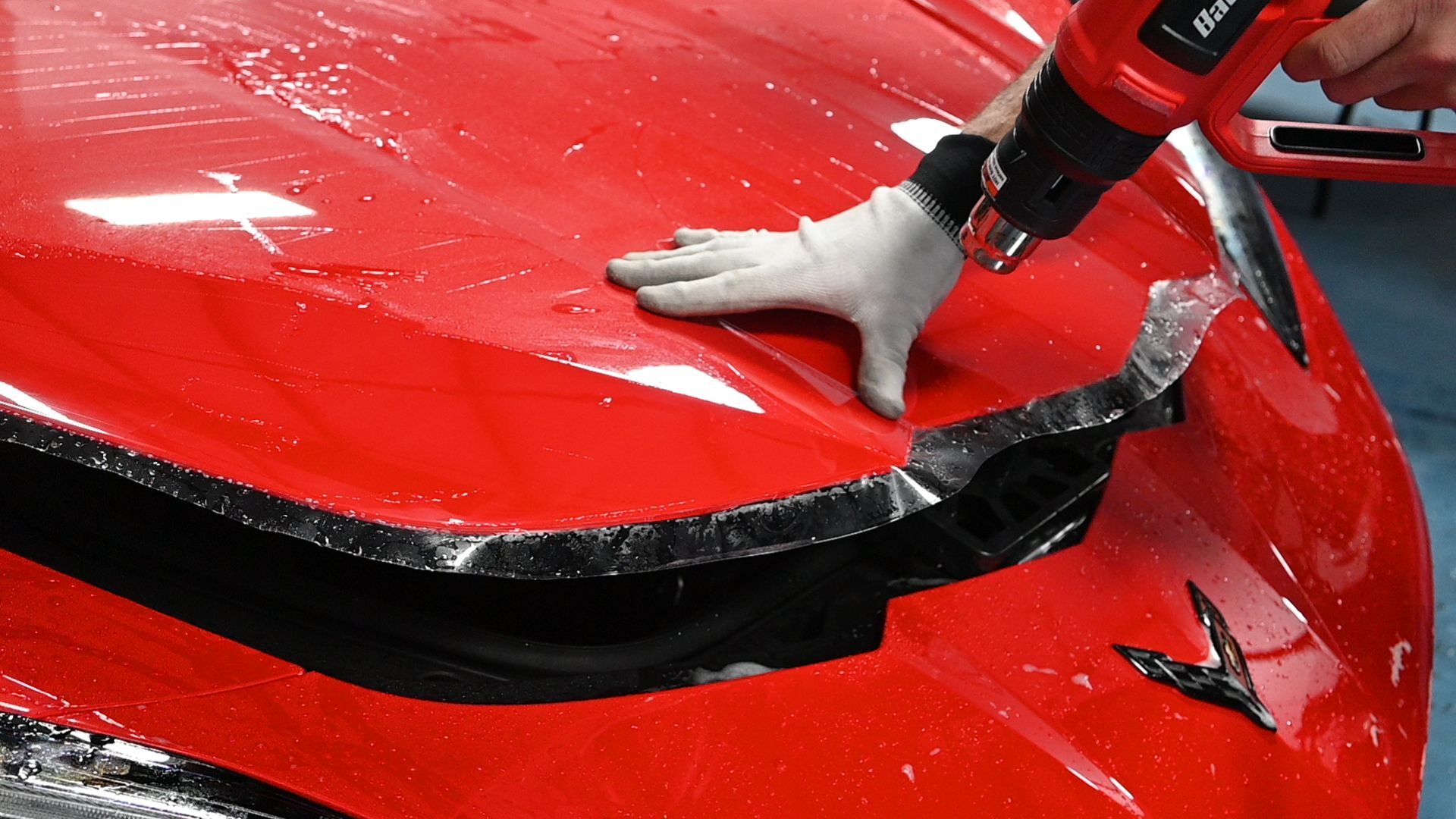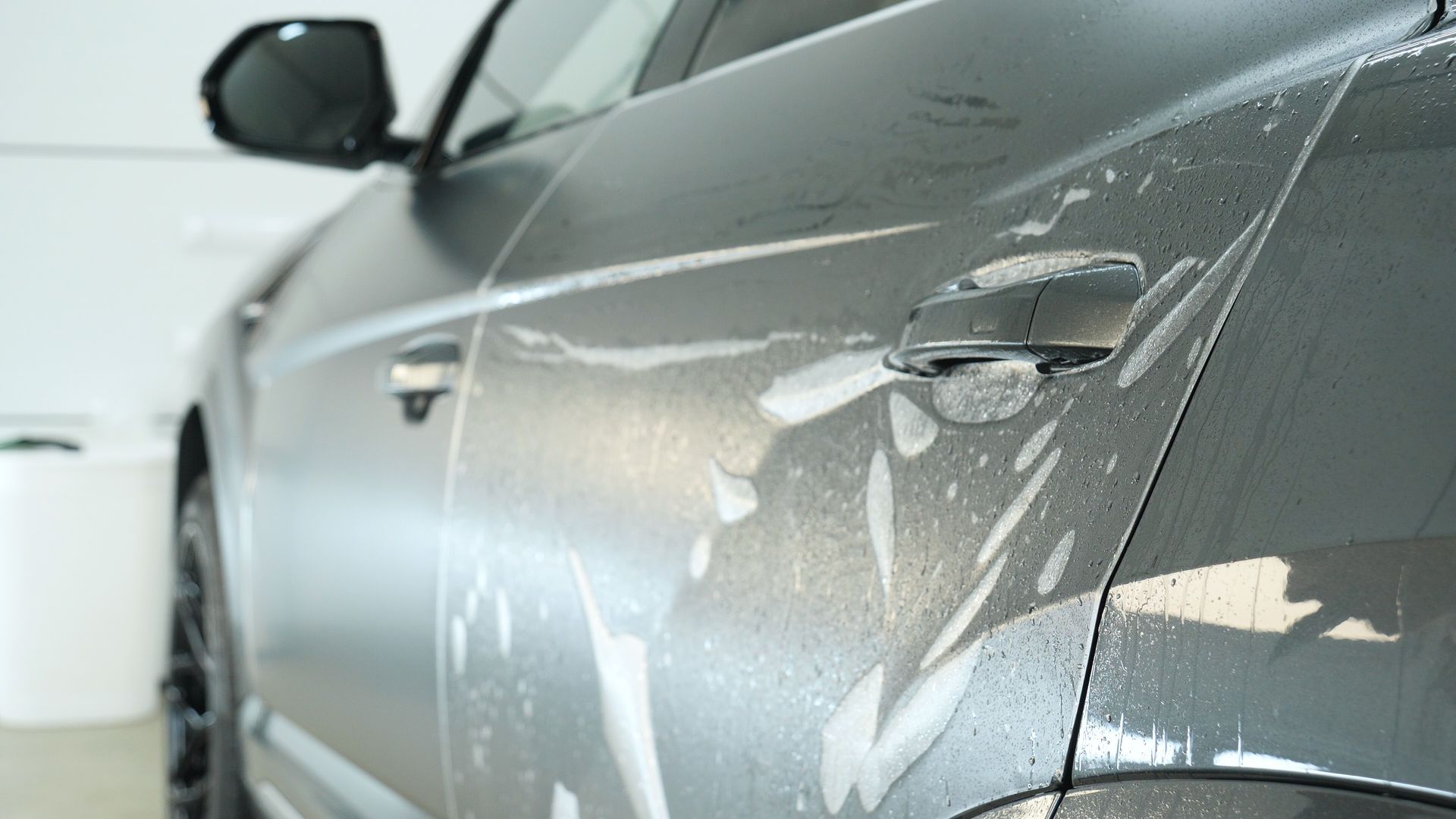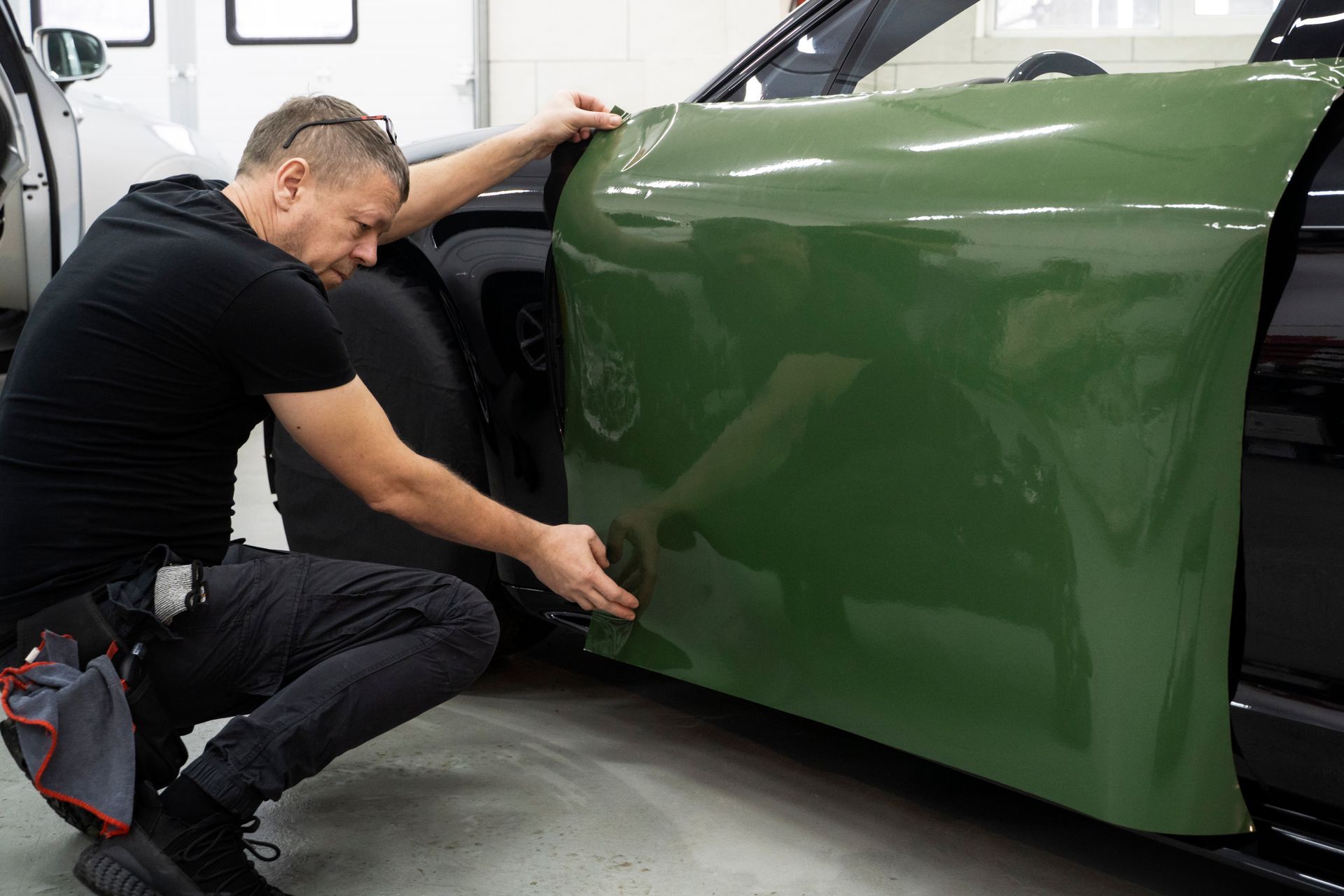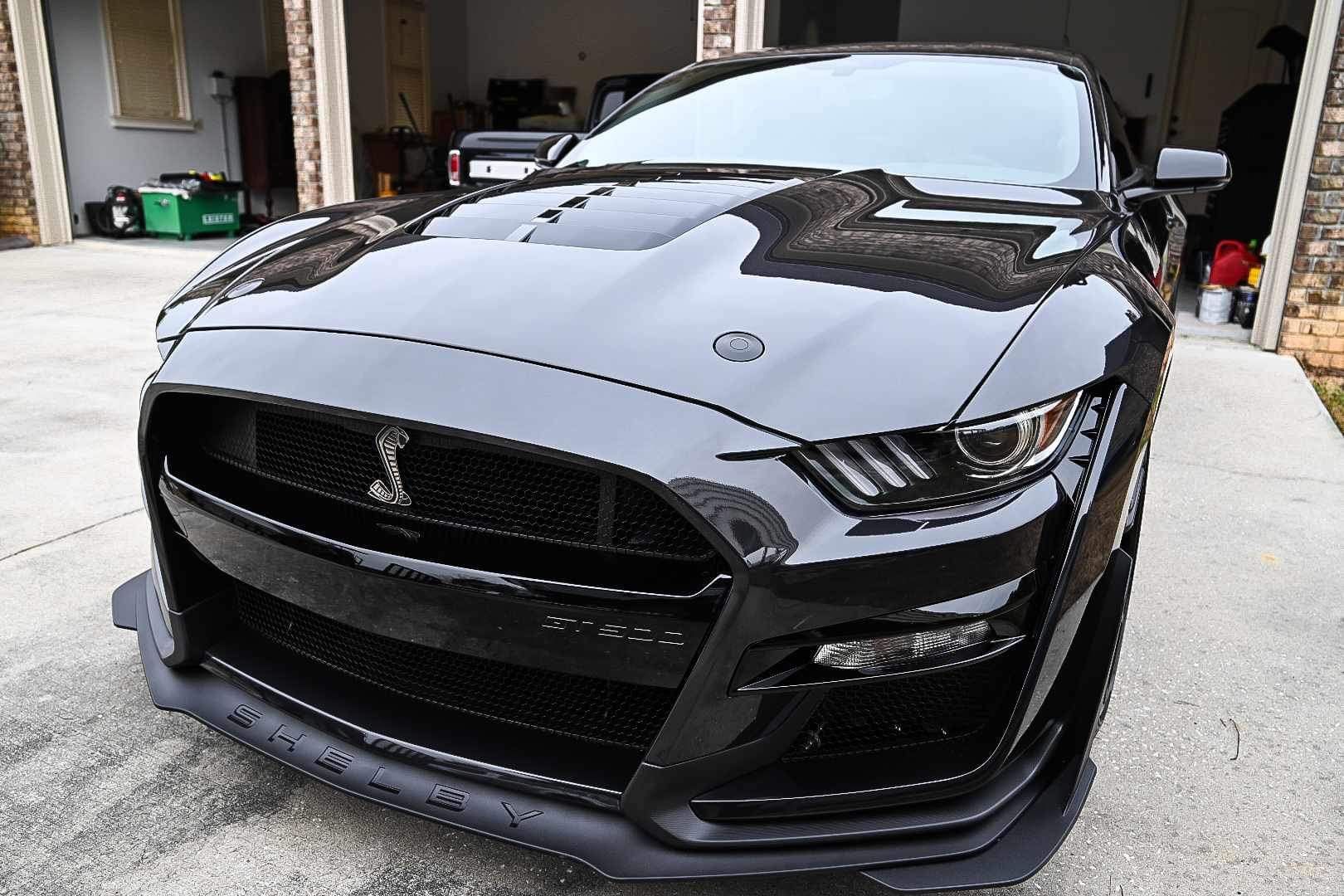What Makes Ceramic Coating Glossy? The Science Behind the Shine
GET A FREE ESTIMATECALL (912) 656-6947
A freshly coated car often turns heads, not just because it’s clean but because of the unmistakable high-gloss finish that reflects light in a smooth, consistent way. This visual appeal isn’t the result of a basic wash or wax job—it’s the outcome of a precise application process and scientifically advanced materials. At Northern Lights Home & Auto Coatings, we specialize in ceramic coatings that produce long-lasting protection and a deep, mirror-like shine.
In this guide, you’ll learn what gives ceramic coating its gloss, how the materials interact with your vehicle’s surface, and why this finish outperforms traditional waxes in both durability and appearance.
How Surface Leveling Impacts Gloss
One of the key reasons ceramic coatings deliver a glossy finish lies in their ability to level the surface of your paint. These coatings are made with silicon dioxide (SiO₂),
which creates a smooth, clear layer over the vehicle. The smoother the surface, the more evenly it reflects light. Uneven surfaces scatter light and reduce shine, but ceramic coatings allow for consistent reflection, contributing directly to a clean and polished look.
The Role of SiO₂ and Chemical Bonding
SiO₂, also known as silicon dioxide, is a naturally occurring compound commonly found in quartz and sand. In ceramic coatings, it serves as the foundation for a tough, transparent shell that adheres to your vehicle’s paint at a molecular level. When the coating bonds with the paint, it forms a semi-permanent layer that is highly resistant to external damage.
This molecular bond is different from waxes or sealants that simply sit on top of the paint and wear away with time. A true SiO₂-based ceramic coating chemically attaches to the surface, becoming a part of the top layer. This bond improves longevity, but it also contributes to visual clarity by minimizing the microscopic inconsistencies that would otherwise diffuse light.
Higher SiO₂ content (typically 70% or more in professional-grade coatings) generally results in better hardness, durability, and shine. Coatings with lower content may still offer protection but often sacrifice gloss and longevity. In hot, humid regions like Savannah, where paint degradation can happen quickly, the bond created by SiO₂ helps protect your finish year-round—even against UV rays, acid rain, and airborne pollutants.
How Light Interaction Enhances Shine
Gloss isn’t just about reflection—it’s also about how light bends and behaves across a surface. A well-applied ceramic coating refracts light through its layers, enhancing color depth and visual clarity. Coatings typically have a refractive index between 1.45 and 1.55, contributing to their ability to create a vibrant and dimensional appearance. This interaction between light and surface structure is one of the main reasons ceramic-coated vehicles maintain a standout shine over time.
When light hits a flat, leveled surface, it reflects uniformly, which is visually perceived as gloss. When light also refracts through a clear medium—like the ceramic layer—it slightly bends, magnifying the color underneath. The result is a finish that appears richer, deeper, and more dynamic depending on your viewing angle and lighting conditions.
Surface Tension and Hydrophobic Behavior
Surface tension is another important factor in maintaining a glossy finish. Ceramic coatings create an ultra-smooth surface that encourages water to bead and roll off rather than spread or cling. This beading helps lift away dirt and grime, reducing the need for frequent washes and preserving the finish.
High-performance coatings often achieve surface tensions as low as 30–40 mN/m, compared to water’s 70.8 mN/m. As a result, your vehicle not only stays cleaner longer but also maintains a consistent, high-gloss appearance with minimal effort.
This hydrophobic behavior minimizes the chance of water spotting, helps prevent mineral buildup, and discourages the accumulation of pollutants that could dull your finish. In coastal environments like Savannah, where salt and moisture are persistent concerns, a ceramic coating provides an added layer of defense while keeping your vehicle looking freshly detailed.
Polymers and Their Visual Impact
The polymers in ceramic coatings are engineered to form a dense, uniform barrier over the paint. These polymers—often derived from siloxanes—help repel moisture and contaminants, but they also contribute to the visual enhancement of your car. By reducing microscopic surface roughness, they improve reflectivity and color depth, which is especially noticeable under direct sunlight or nighttime lighting.
Siloxane-based polymers are known for their stability, flexibility, and resistance to oxidation. When cured, they create a mesh-like structure that clings tightly to the paint. This structure fills in microscopic valleys and peaks, resulting in a flatter surface with fewer gaps that would otherwise scatter light.
Products like GTechniq’s Crystal Serum Light reduce surface roughness to as low as 10 nanometers. This level of refinement significantly boosts reflectivity and allows colors to appear more saturated and vibrant. When combined with a properly corrected paint surface, the final result is a high-gloss finish that appears fluid and flawless, even under harsh lighting.
The uniformity provided by polymer layering also helps preserve gloss over time. Because contaminants are less likely to stick, the finish remains visually clean longer. This is especially useful for vehicle owners in high-traffic, high-pollution environments.
Application Techniques That Maximize Gloss
Even with the best product, proper technique is essential to achieving the desired results. At Northern Lights Home & Auto Coatings, we follow a multi-step process that includes:
Step 1: PreparatioN
This begins with a deep clean using pH-balanced car shampoo to remove dirt, oils, and traffic film. Once the surface is clean, a clay bar treatment is used to lift embedded contaminants such as sap, tar, and industrial fallout. These particles are often invisible but can interfere with coating adhesion if left behind.
Step 2: Paint Correction
Polishing is critical before applying any coating. It removes swirl marks, water spots, and light scratches, which would otherwise be sealed beneath the ceramic layer. A well-corrected surface allows for better light reflection and improved bonding of the coating.
Step 3: Application
The ceramic coating is applied in small sections using a dedicated applicator pad. Overlapping, controlled strokes are used to ensure complete coverage. Once applied, a microfiber towel is used to level the surface and remove excess product before it begins curing.
Step 4: Curing
The coating must cure undisturbed to form a proper bond. Curing times vary but typically range from 12 to 48 hours, depending on humidity and temperature. During this period, the vehicle should be protected from rain, dust, and temperature extremes.
Step 5: Final Inspection
After curing, a final inspection is conducted under proper lighting. Any streaks, high spots, or missed areas are addressed. This last step ensures the gloss is uniform and that the coating has bonded correctly across the entire surface.
When applied correctly, the ceramic coating delivers optimal shine and long-term protection. Even small errors in timing, lighting, or technique can compromise the results, which is why professional application is often recommended over DIY kits.
Long-Lasting Shine That’s Easy to Maintain
Once a ceramic coating is applied, your vehicle benefits from both aesthetic enhancement and practical protection. The hydrophobic surface keeps contaminants from clinging to the paint, reducing the frequency of cleaning. At the same time, UV resistance helps preserve the color and finish of your vehicle over time.
To maintain the coating, we recommend regular washing with a pH-neutral soap and avoiding abrasive tools or automatic car washes. Use dedicated ceramic-safe toppers or maintenance sprays every few months to refresh the hydrophobic layer and extend performance. Avoid dish soaps or degreasers, which can weaken the coating prematurely.
Ignoring maintenance may not destroy the coating immediately, but it will reduce its visual and protective benefits. Signs of degradation include increased water spotting, a dull appearance, or reduced beading behavior. In these cases, reapplication or top-up services can restore gloss and protection.
Compared to waxes that require monthly reapplications, ceramic coatings offer a more cost-effective long-term solution. Less washing, fewer detailing products, and extended surface protection all contribute to lower maintenance costs over time.
In humid areas like Savannah, a durable coating helps protect against mold buildup, pollen accumulation, and acidic contaminants—making the product’s performance even more valuable for everyday driving conditions.
Ceramic vs. Wax: Which is Glossier?
The debate between ceramic coatings and traditional waxes often centers around gloss. While both can improve visual appeal, they perform differently over time.
Ceramic coatings form a bonded layer that resists UV degradation and environmental damage. Waxes, on the other hand, sit atop the paint and begin to break down under sunlight, rain, and repeated washes. Even premium waxes rarely last beyond two or three months under real-world conditions.
| Feature | Ceramic Coating | Wax |
|---|---|---|
| Longevity | 2-7 years | 2-6 months |
| UV Protection | High | Moderate |
| Hydrophobic Behavior | Strong | Moderate |
| Gloss Retention | High | Moderate to High |
| Maintenance Needs | Low | High |
Although waxes may offer a temporary enhancement and are easier to apply, they fall short in durability, protection, and long-term shine. For vehicle owners who care about lasting visual impact with minimal upkeep, ceramic coatings provide a clear advantage.
Ready to Enhance Your Vehicle’s Appearance?
For ceramic coating services in Savannah and surrounding areas, Northern Lights Home & Auto Coatings offers professional-grade protection with consistent results. Our application process is designed to bring out the best in your vehicle while shielding it from daily wear and environmental stress.
Book Your Ceramic Coating Service Today
Give your vehicle the shine it deserves.
Contact Northern Lights Home & Auto Coatings in Savannah to schedule your ceramic coating appointment and enjoy a finish that looks great for years to come.
